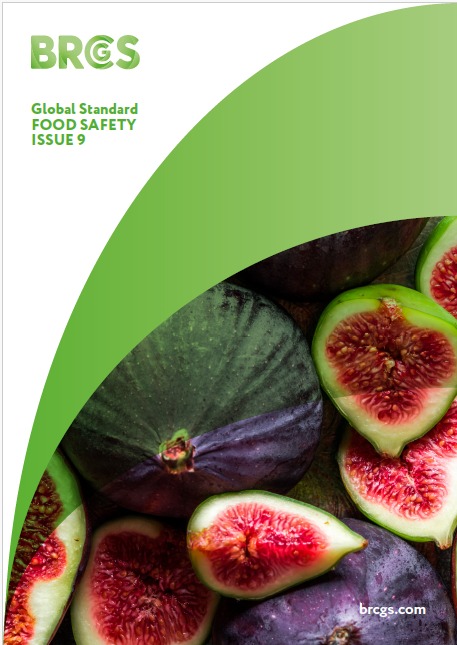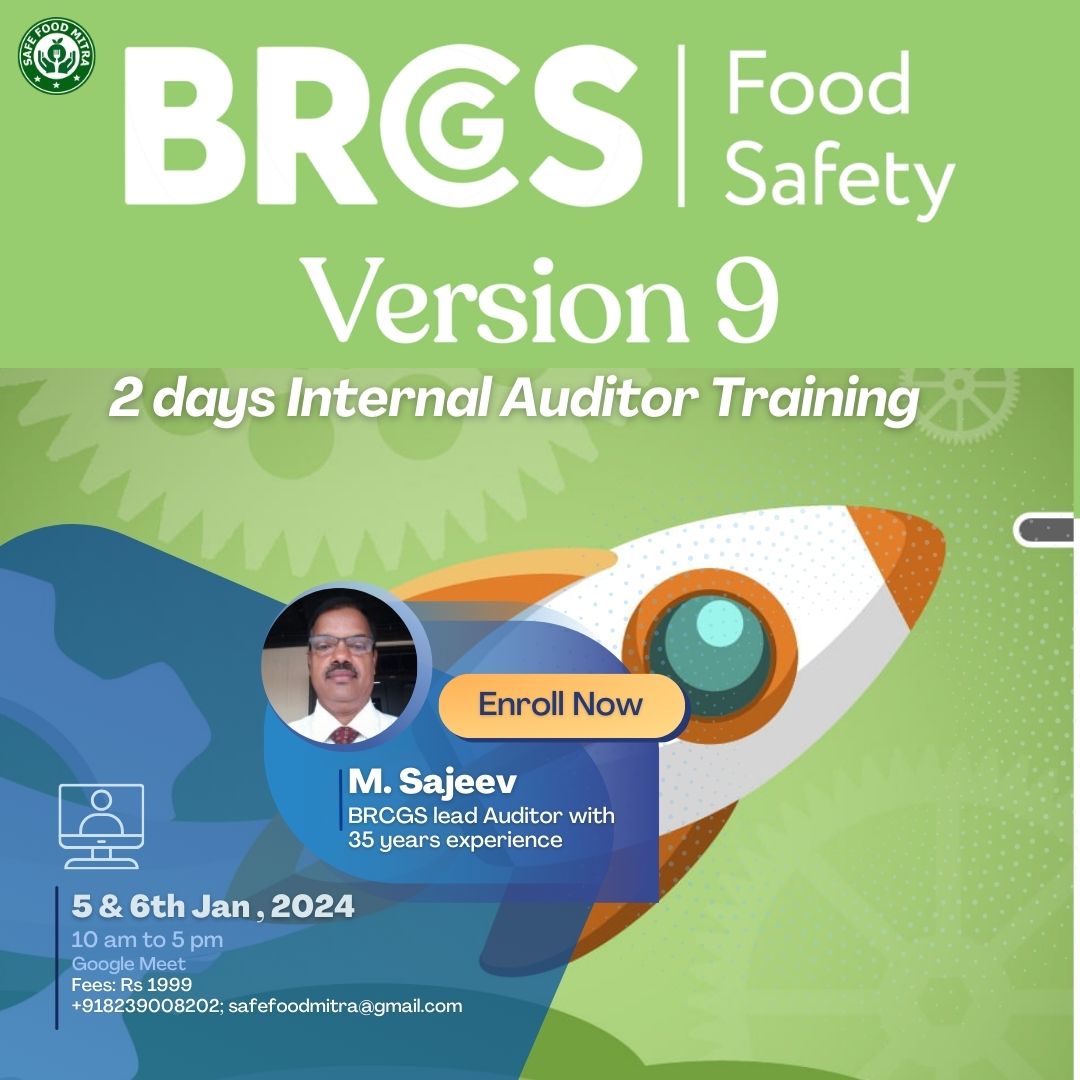Requirements for certification bodies
2.1 General requirements
2.2 Communication
2.3 Accreditation body personnel competencies 2.4 Accreditation processes
3 Technical governance of the Standard
3.1 International advisory boards
3.2 Technical advisory committee
3.3 The certification body co-operation groups
3.4 Achieving consistency - compliance
3.5 Calibrating auditors
3.6 Feedback
3.7 Complaints
4.1 Audit planning
4.2 The on-site audit
4.3 Non-conformities and corrective action
4.4 Grading of the audit
4.5 Audit reporting
4.6 Certification
4.7 Ongoing audit frequency and recertification
1.1 Selection of an audit option
1.2 Self-assessment of compliance with the Standard
1.3 Selection of a certification body
1.4 Company/certification body contractual arrangements
1.5 Service fee
1.6 Scope of audit
1.7 Auditor selection
3.1 Audit planning
3.2 The site audit
3.3 Non-conformities and corrective action 3.4 Grading of the audit
3.5 Audit reporting
3.6 Certification
3.7 Ongoing audit frequency and recertification
9.1 The food safety plan - HACCP
9.2 Approval and performance monitoring of manufacturers/packers of traded food products
9.3 Specifications
9.4 Product inspection and laboratory testing
9.5 Product legality
9.6 Traceability
7.1 Training: raw material-handling, preparation, processing, packing and storage areas
7.2 Personal hygiene: raw material-handling, preparation, processing, packing and storage areas
7.3 Medical screening
7.4 Protective clothing: staff or visitors to production areas
8.1 Layout, product flow and segregation in high- risk, high-care and ambient high-care zones
8.2 Building fabric in high-risk and high-care zones
8.3 Equipment and maintenance in high-risk and high-care zones
8.4 Staff Facilities for high-risk and high-care zones
8.5 Housekeeping and hygiene in high-risk and high-care zones
8.6 Waste and waste disposal in high-risk, high-care zones
8.7 Protective clothing in high-risk and high-care zones
2.1 Audit planning
2.2 The on-site audit
2.3 Non-conformities and corrective action
2.4 Grading of the audit
2.5 Audit reporting
2.6 Certification
2.7 Ongoing audit frequency and recertification
4.1 External standards and site security
4.2 Food defence
4.3 Layout, product flow and segregation
4.4 Building fabric, raw material-handling, preparation, processing, packing and storage areas
4.5 Utilities - water, ice, air and other gases
4.6 Equipment
4.7 Maintenance
4.8 Staff facilities
4.9 Chemical and physical product contamination control: raw material-handling, preparation, processing, packing and storage areas
4.10 Foreign-body detection and removal equipment
4.11 Housekeeping and hygiene
4.12 Waste and waste disposal
4.13 Management of surplus food and products for animal feed
4.14 Pest management
4.15 Storage facilities
4.16 Dispatch and transport
Additional modules
6.1 Communication with certification bodies
6.2 Position statements
6.3 Extension to scope
6.4 Certification withdrawal
6.5 Appeals
6.6 Surveillance of certificated companies
6.7 BRCGS logos
6.8 BRCGS Directory
5.1 Product design/development
5.2 Product labelling
5.3 Management of allergens
5.4 Product authenticity, claims and chain of custody
5.5 Product packaging
5.6 Product inspection, on-site product testing and laboratory analysis
5.7 Product release
5.8 Pet food and animal feed
5.9 Animal primary conversion
6.1 Control of operations
6.2 Labelling and pack control
6.3 Quantity - weight, volume and number control
6.4 Calibration and control of measuring and monitoring devices
1.1 Senior management commitment and continual improvement
1.2 Organisational structure, responsibilities and management authority
2.1 The HACCP food safety team (equivalent to Codex Alimentarius Step 1)
2.2 Prerequisite programmes
2.3 Describe the product (equivalent to Codex Alimentarius Step 2)
2.4 Identify intended use (equivalent to Codex Alimentarius Step 3)
2.5 Construct a process flow diagram (equivalent to Codex Alimentarius Step 4)
2.6 Verify process flow diagram (equivalent to Codex Alimentarius Step 5)
2.7 List all potential hazards associated with each process step, conduct a hazard analysis and consider any measures to control identified hazards (equivalent to Codex Alimentarius Step 6, Principle 1)
2.8 Determine the CCPs (equivalent to Codex Alimentarius Step 7, Principle 2)
2.9 Establish validated critical limits for each CCP (equivalent to Codex Alimentarius Step 8, Principle 3)
2.10 Establish a monitoring system for each CCP (equivalent to Codex Alimentarius Step 9,
Principle 4)
2.11 Establish a corrective action plan (equivalent to Codex Alimentarius Step 10, Principle 5)
2.12 Validate the HACCP plan and establish verification procedures (equivalent to Codex Alimentarius Step 11, Principle 6)
2.13 HACCP documentation and record-keeping (equivalent to Codex Alimentarius Step 12, Principle 7)
3.1 Food safety and quality manual
3.2 Document control
3.3 Record completion and maintenance
3.4 Internal audits
3.5 Supplier and raw material approval and performance monitoring
3.6 Specifications
3.7 Corrective and preventive actions 3.8 Control of non-conforming product
3.9 Traceability
3.10 Complaint-handling
3.11 Management of incidents, product withdrawal and product recall
 Price:
₹ 1999
Price:
₹ 1999
 Instrutor:
M Sajeev
Instrutor:
M Sajeev
 Language:
English
Language:
English
 Certificate:
Yes
Certificate:
Yes




